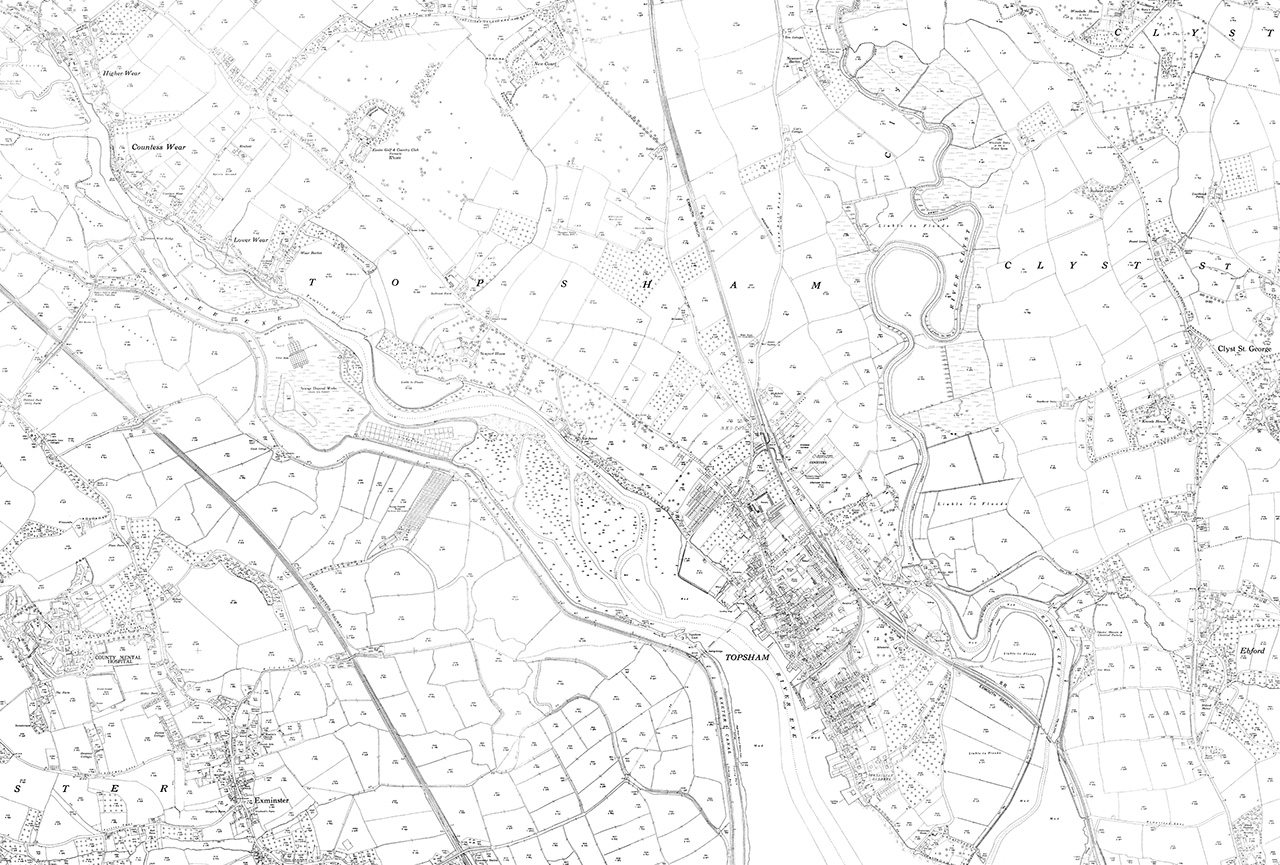
Muck Spreading
The traditional way to fertilise the soil was to send a cart full of vegetables to market and bring the same cart back later on, loaded with night soil (human faeces) and animal dung. Farmers spread this on their land, supplemented by lime, sea sand, seaweed and ashes.
Local gardeners were presented with a better option in 1850, when a factory opened by the River Clyst. Odams’ Manure and Chemical Company Ltd imported guano (bird droppings) from Peru and began to develop artificial manures. The Manure Works were so successful that a branch line was put in to connect it to the main railway line and the factory continued in operation until the Second World War.

